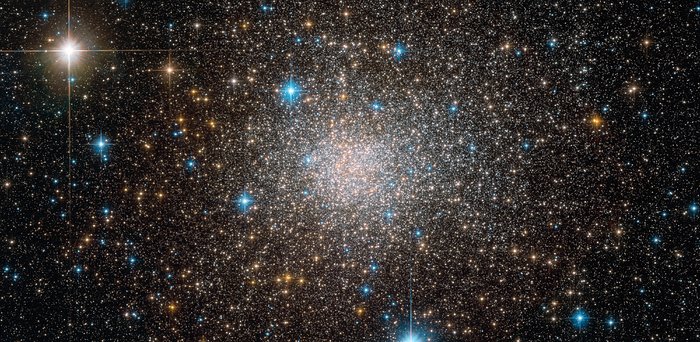Cosmic rays, those elusive high-energy particles that streak through space at nearly the speed of light, have puzzled astronomers since their discovery over a century ago. Now, thanks to the dense star cluster Terzan 5, scientists are gaining unprecedented insights into these cosmic wanderers. Terzan 5, plunging through our galaxy at breakneck speed, provides a natural laboratory for studying the behavior of cosmic rays influenced by interstellar magnetic fields.
Terzan 5’s importance lies in its unique position and movement within the Milky Way. As it speeds through the galaxy, it interacts with and manipulates cosmic magnetic fields, creating conditions ideal for scientific observation. Recent studies have utilized this setup to track how cosmic rays change direction when influenced by these magnetic fluctuations. This phenomenon, previously a challenge to study, is now observable thanks to the gamma rays emitted from interactions between cosmic rays and photons in Terzan 5.
What makes the research on Terzan 5 so important is its potential to answer age-old questions about where cosmic rays come from and how they are accelerated. Terzan 5’s rapid motion through the galaxy acts almost like a giant cosmic comb, teasing out details of cosmic ray behavior that are otherwise blurred in the vastness of space. This cluster’s unique trajectory through high-density magnetic fields offers a clearer picture of cosmic ray scattering, a process critical to understanding the galactic ecosystem.
In essence, Terzan 5 is more than just a cluster of stars; it’s a beacon in the dark, guiding us through the cosmic mysteries that have baffled humanity since we first looked up at the stars. As we continue to monitor and study this fascinating celestial object, it holds the promise of unlocking further secrets of the cosmos, making each discovery a cause for excitement and wonder in the scientific community.



















